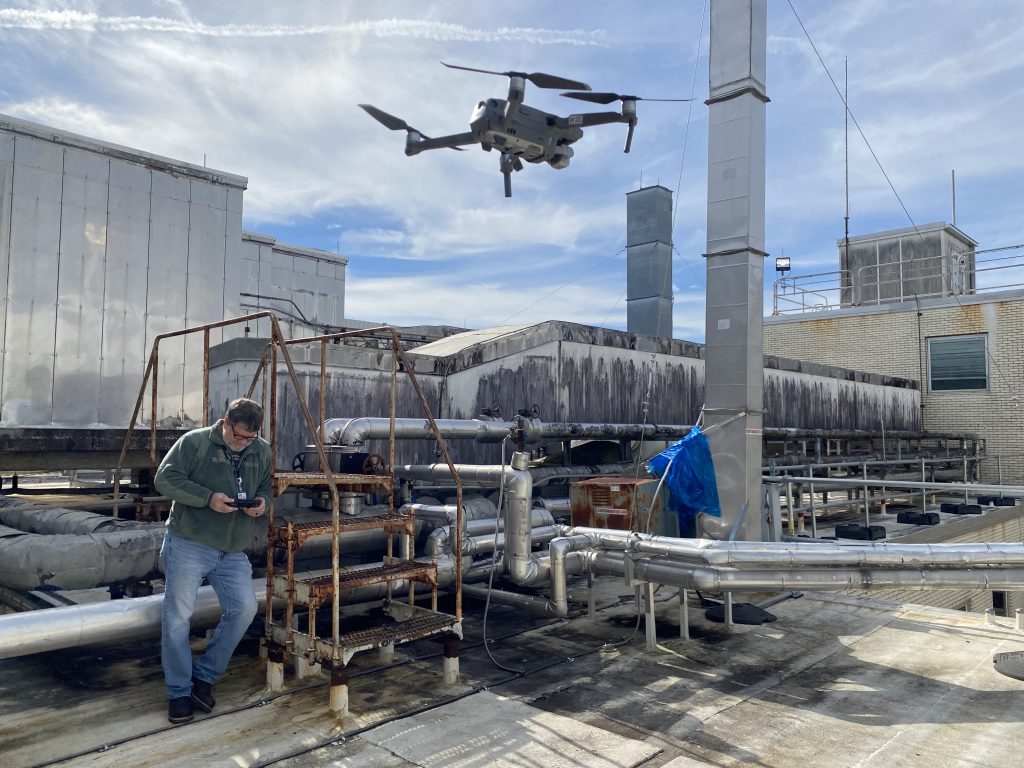
Are cracks showing in your building’s concrete?
Have you noticed leaking walls or roofs or peeling paint?
Are your sealants working?
As buildings age, their exteriors, require maintenance and restoration to preserve their structural integrity, aesthetics, and functionality.
If you notice cracks, stains, corrosion, and other forms of damage, it’s time to begin restoration. Façade restoration is not just for aesthetic enhancements. It’s a crucial aspect of building management because it ensures the safety of occupants and the longevity of the structure.
Understanding the Importance of Façade Maintenance
A building facade serves as a protective shield against external elements like weather, pollution, and physical damage. Neglecting façade maintenance over time can have major consequences including costly repairs, safety hazards, decreased property value, and even potential legal liabilities.
Investing in façade restoration is not only a matter of preserving your building’s appearance, but also keeps your occupants safe and ensures long-term sustainability.
Façade Inspections
When beginning the façade restoration process, you must first conduct a thorough façade inspection with a professional to identify existing issues. These findings will help develop a restoration plan which will outline the scope of work, timeline, and budget for the restoration.
In addition, it will also help prioritize the repairs based on the severity of the issues, taking into consideration any potential safety risks.
Identifying Signs of Façade Deterioration
Cracks and Spalling: Cracks in façade material, such as concrete, brick, or stone, can signal underlying structural problems. Spalling, where fragments of material break off, is often a sign of water damage or underlying deterioration.
Stains and Discoloration: Stains of the façade surface may indicate water infiltration. Water infiltration through cracks or gaps in the façade can lead to rust, mold, and deterioration of steel reinforcements.
Loose, Moving or Detached Elements: Loose or detached façade elements, such as panels, tiles, or decorative features, pose a safety risk and indicate potential structural instability.
Corrosion: Corrosion of metal elements within the façade, such as steel support beams or anchors, can weaken the structure over time, leading to potential collapse.
Preventative Maintenance
After ensuring that your facade meets industry standards by implementing repairs recommended from your inspection, it’s crucial to implement a proactive façade maintenance program. This will help prevent future deterioration and extend the lifespan of your façade.
Preventative maintenance can include routine inspections, cleaning, sealing, painting, and addressing minor issues before they escalate into major problems.
Schedule a Building Façade Inspection in Atlanta!
Façade maintenance requires careful planning, skilled execution, and ongoing maintenance to ensure optimal results.
You can keep your facade in great condition by understanding the importance of façade maintenance, scheduling regular façade inspections to identify signs of deterioration, and following a restoration plan.
Contact us today to schedule a building façade inspection in Atlanta! Our engineers are happy to look at your structure and let you know of any issues that require immediate attention so you can keep your occupants safe and extend the lifespan of your building.
